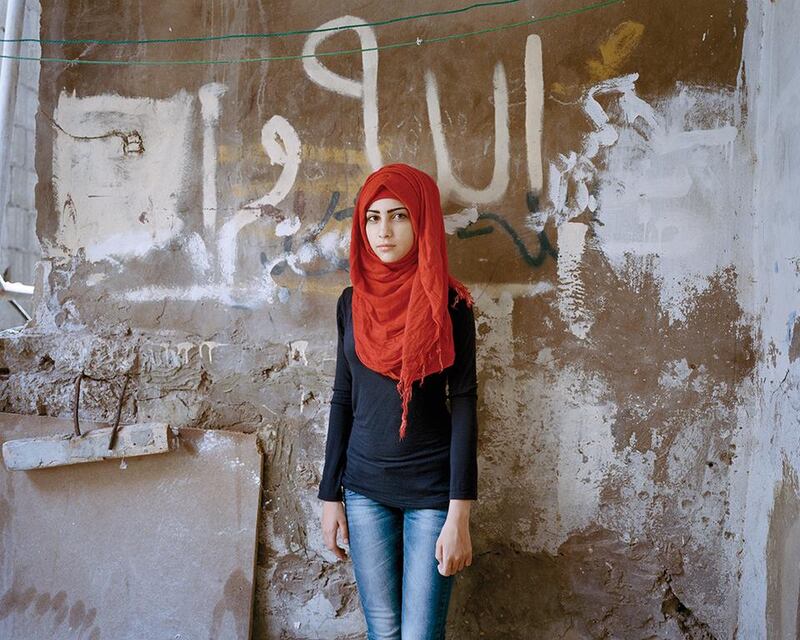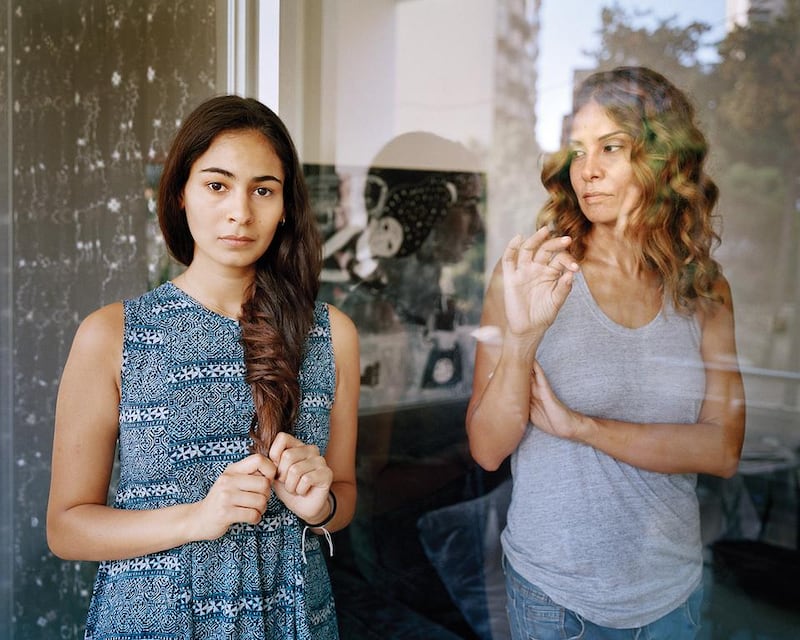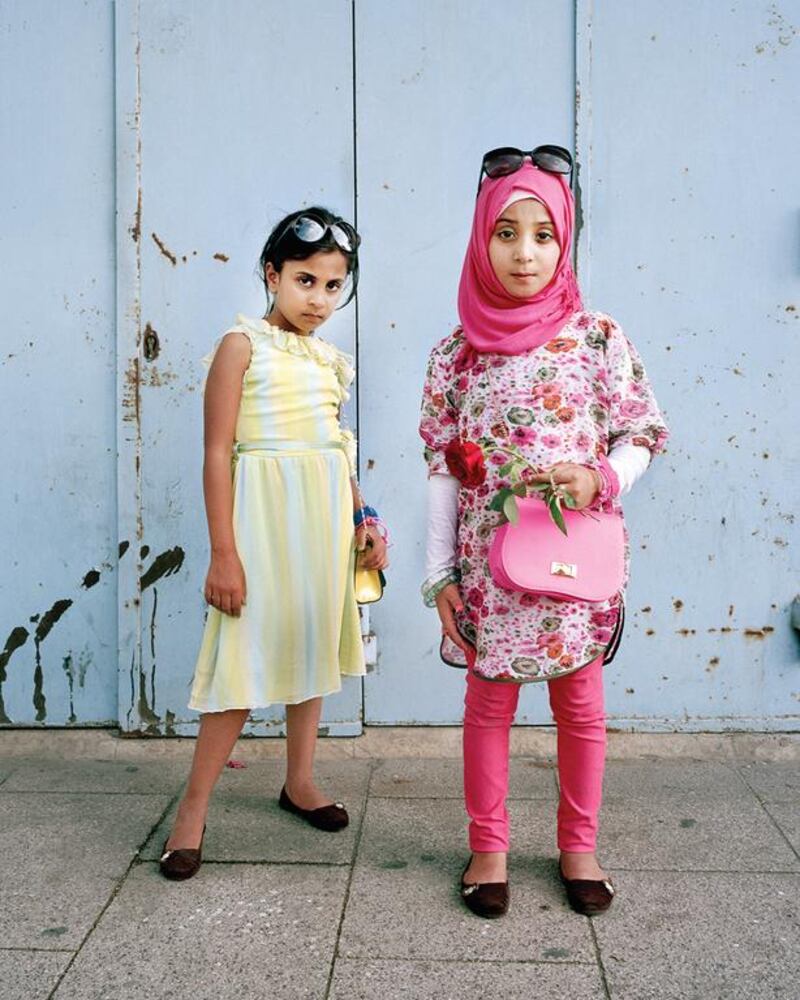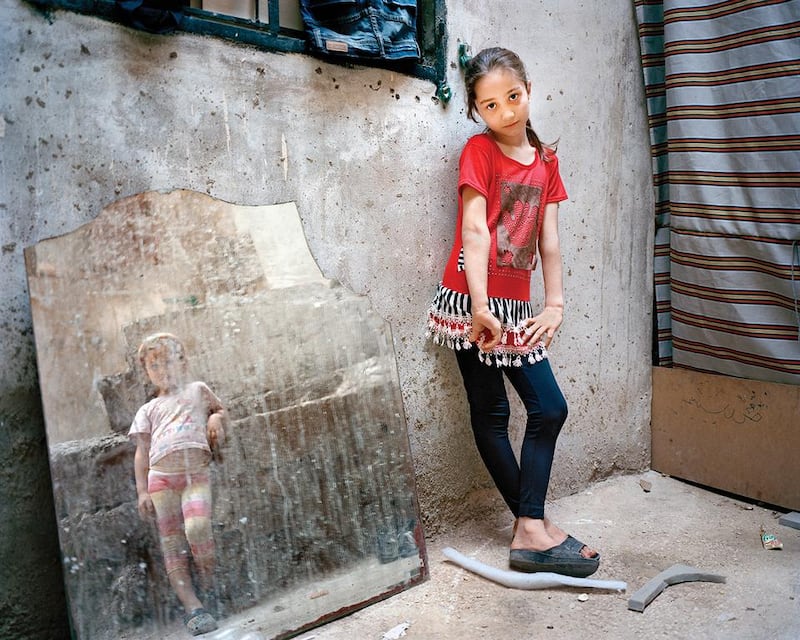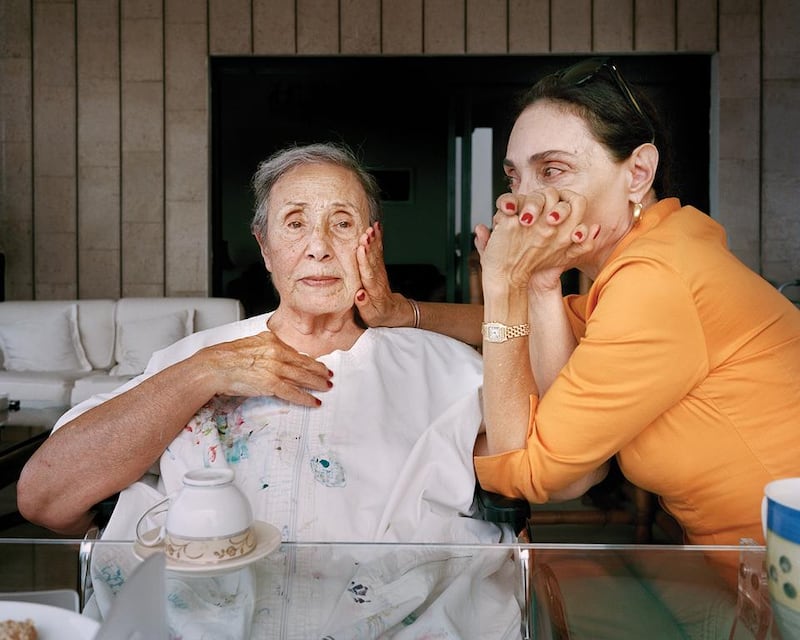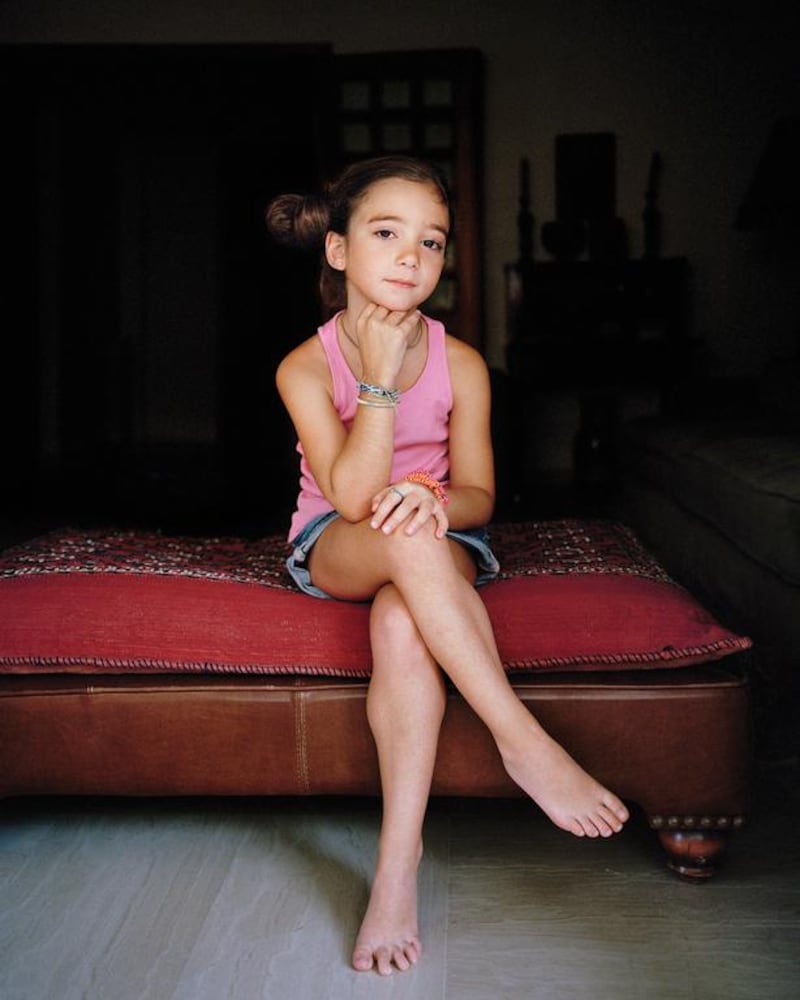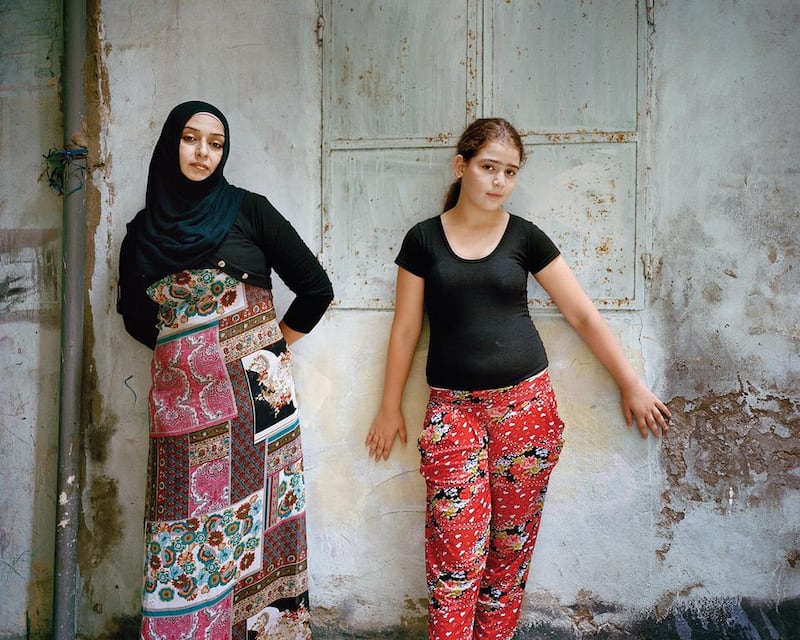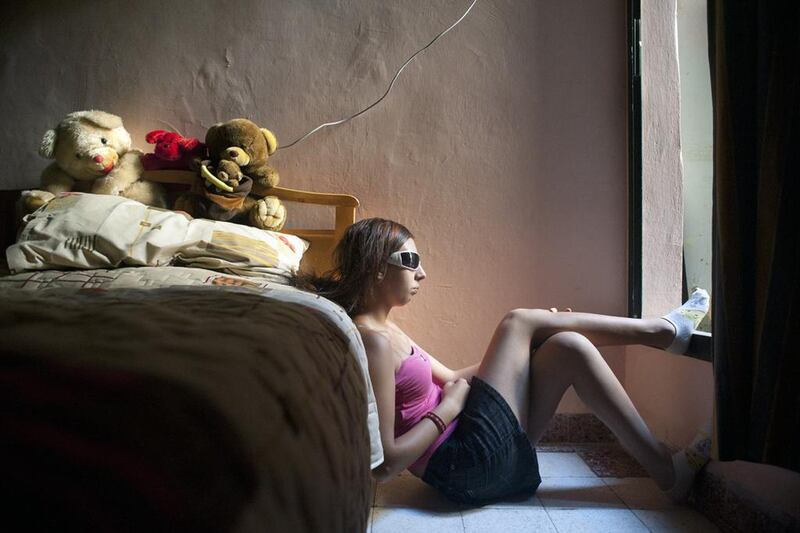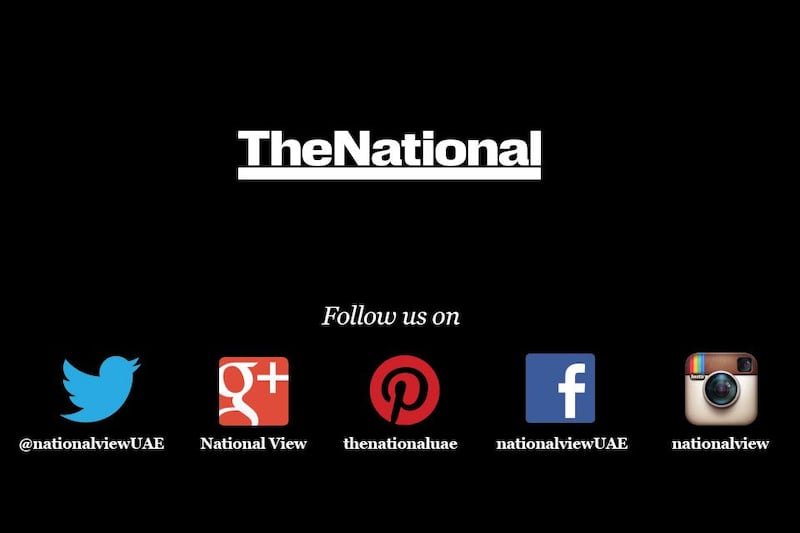Born and raised in Lebanon, Rania Matar moved to the United States in 1984. Originally trained as an architect at the American University of Beirut and at Cornell University in the US, she studied photography at the New England School of Photography and Maine Photographic Workshops. She has taught photographic workshops for teenage girls in Lebanon’s refugee camps since 2009 and presently teaches Personal Documentary photography at the Massachusetts College of Art and Design.
Focusing mostly on young women, she studies the ways they communicate their notions of adulthood: from documenting adolescents in their bedrooms and considering how they curate these private spaces; to portraying the unspoken bonds between mothers and daughters; to her keen observations of young girls and how, in all these stage of life these women fiercely express their individuality as they continue to grow and change.
East Wing Gallery in Dubai will present Rania Matar's work in a solo show entitled "Becoming: Girls, Women and Coming of Age". The main focus of this exhibition centres around Rania's most recent body of work, 'L'Enfant Femme' in which her subjects are young women and girls teetering on the fine line between childhood and adolescence. 'L'Enfant-Femme' has been published as a photo book by Italian publisher Damiani Editore and is available for purchase through their online store.
Each body of work explores a different chapter of maturity and illustrates Matar’s interest in the universality of how women of all ages navigate different transitional moments in life. Rania will be present for the opening of the exhibition on Thursday 10th of December at 19:00 and will also give a gallery talk and book signing on Saturday the 12 of December at 14:00.
Rania Matar discussed the work, and her overall approach and motivation with The National’s Assigning Photo Editor RJ Mickelson. Their conversation has been edited and condensed.
The East Wing exhibition Becoming: Girls, Women and Coming of Age includes work from a number of your personal projects focused on the lives of young girls and women. Have you noticed anything universal about the ways in which women from different parts of the world express what it means to be a woman or young girl?
My work is very much about universality. This almost became the thesis for most of my projects. Universality and our common humanity is consistent throughout my work, and I do that by focusing on girls and women — it is part of my own story and my own identity, and that of my daughters. While each has girl/woman has her own individual story there is universality to life at those transitional junctures.
You are a mother yourself — how has being a mother influenced your work and your overall approach to subject matter?
My being a mother played a HUGE role in me even being a photographer. I started taking photography workshops to make better images of my own children. I fell in love with the medium right away and the ability to tell a story through images, to see the beauty in simple mundane moments of daily life. The early photographs of my children taught me to seek intimacy in all my work moving forward. I was always drawn to women and mothers in my projects because I could relate to them on a very deep personal level. And eventually my work became literally inspired by my own daughter and by my own relationship to her; in the case of A Girl and Her room, L’Enfant-Femme and Unspoken Conversations.
Were there specific cultural influences that contributed to your particular path through womanhood? Family, friends, religion, economy, etc.?
I lost my mother very young. I was three and she was 28. I am very close to my father and always have been. My father remarried when I was 11 years old which is the same age of may of the girls I have photographed. It was the first time in my conscious life that there was another woman in the house and I started being more aware of my own womanhood, transforming myself from an absolute tomboy to a little girl. I believe that having my own children focused my vision on what it meant to be a mother, inspiring all my work to look at issues around womanhood and motherhood. My own children inspired all my work, directly at first and indirectly over the years.
How do you go about finding the girls / young women to photograph?
Girls and young women are everywhere. Sometimes something catches my eye about someone on the street — something in their attitude, I don’t know what it is. I often find myself approaching girls and women on the street, at the supermarket, everywhere. And I am introduced to other new girls and young women through the subjects I have previously photographed. If they enjoy the experience — and I hope most do — then they connect me to a whole new circle of girls and young women. I like photographing people I don’t know well and discovering them with fresh eyes and a blank slate.
Are you posing the girls? Do you give them direction during the portrait sessions?
This project is about the girls so I try not to be too heavy handed. I observe the girls and I let them fall into their own poses. There is a universality about being a girl that age, but there is also an individuality and personality that is unique to each girl, and I look for both in my work. I ask the girls to keep it very simple, but also to wear something that reflects who they are. I only ask the girls not to smile and I watch them then think about what to do with their hands, their feet, their bodies, etc. What is interesting is those girls are accustomed to being photographed — a result of the selfie culture — and I am fighting that a little. I am shooting negative film and the girls often don’t even know what that is, so they cannot see the image on the back of the camera and it makes them take the photo session much more seriously.
Can you describe the equipment you bring on the portrait sessions?
I work with very little equipment. I use medium format negative film (6 x 7cm), so I bring 2 cameras — one as a backup only — and rolls of film — always more than I think I will need. I don’t use any additional lighting besides natural available light and no tripod, everything I shoot is hand-held. Because I work intimately with the girls and the women I photograph, I like the whole session to remain informal and uncluttered, and I like to be able to move around easily.
What do you hope to achieve with your overall body of work?
As I live in the West, in the United States in particular, but as I mention I was born and raised in the Middle East, so it is important for me in my work, to focus on our sameness and on universality. I am equally the product of both cultures, and I equally identify with both cultures. Because I am aware of how news coming form the Middle East is often very negative, particularly now it is incredibly important for me to focus — through my work with girls and women — on our common humanity, our sameness. As a result, I photograph girls and women in both cultures and if one looks through my new book L’Enfant-Femme, one would notice that I only refer to the girls by name and age. I don’t specify the location until the end — in the captions. Whether the girl is from an upper class home in Boston or Beirut, or in a Palestinian refugee camp, or a Syrian refugee, I hope one feels a deep sense of universality; a bespoke beauty that transcends place, background and religion.
What projects are you currently working on?
I am photographing many of the girls from L’Enfant-Femme now again 3 and 4 years later and I hope to follow many of them through adulthood. I am also working actively on a series about Mothers and Daughters. I am titling it Unspoken Conversations and a few of these images are being exhibited at East Wing as part of this exhibition.
